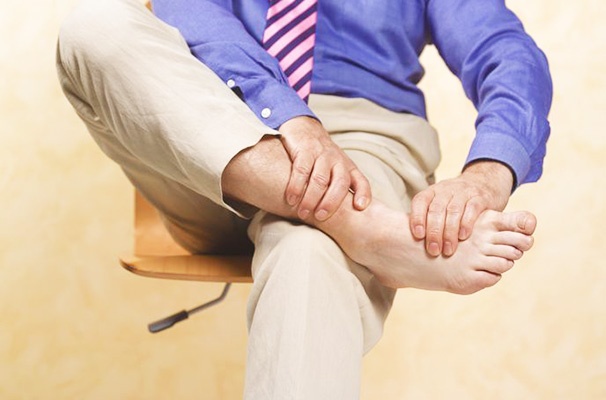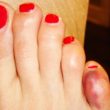Many people who experience pain and stiffness of the ankles simply blame it on aging or a previous injury. However, they may already have ankle osteoarthritis. It’s something that needs to be treated, for if not it may worsen until it’s so bad that carrying out everyday physical activities can become challenging.
If it seems like your ankles are constantly achy and stiff and you are suspecting that you may already be suffering from ankle osteoarthritis, continue reading this article. Below you will come across some of the most important things you need to know about this progressive and debilitating disease.
Symptoms
The symptoms of ankle osteoarthritis may come and go. Sometimes they are around constantly at low levels, only to intensify during flare-ups — periods in which a disease or condition is at its worst. You may have ankle osteoarthritis if you experience the following symptoms:
Pain
During the early stages of ankle osteoarthritis, you may experience pain only after performing certain activities that can strain or stress the ankles, like walking or climbing stairs. Eventually, you may experience pain at any time, which can either be dull or sharp. There are also flare-ups in which pain becomes more intense.
Swelling
The reason behind ankle osteoarthritis is the wearing out of cartilage in the ankle joint, causing the bones of the lower leg and foot to rub against one another. This can cause friction and irritation, which can easily lead to swelling.
Stiffness
Commonly, swelling of the ankle joint due to ankle osteoarthritis is accompanied by stiffness. As a result, it can be difficult to have your foot flexed and pointed. Each time there is stiffness because of ankle osteoarthritis, the range of motion of your ankle can become significantly limited.
Crunching or popping
Do you sense a crunching or popping sensation each time you attempt to move your foot? It’s a clear sign that the cartilage that is protecting the ankle joint has worn away — the sensation produced is actually caused by the bones that are rubbing against one another.
Because of the above symptoms, you may be prompted to considerably limit your physical activity. The problem with this is the more inactive you are, the worse these symptoms tend to get. It’s for this reason why the symptoms of ankle osteoarthritis are at their worst in the morning or after sitting in the chair for prolonged periods of time.
Remedies
The moment that you suspect you have ankle osteoarthritis, it’s a good idea for you to tell your doctor about it. Early detection and treatment can help keep the problem from progressing. If you don’t take it seriously, it’s possible for the day to come in which ankle osteoarthritis can leave you debilitated.
Aside from medications, it’s very much likely for your doctor to share with you certain things that you may do at home to put ankle osteoarthritis in check. Some of those things that you may carry out in order to keep flare-ups at bay as well as delay progression include the following:
Stay physically active
Just like what’s mentioned earlier, refrain from being inactive as it will only make the symptoms worse. What you need to do is remain physically active, although you should not opt for activities that can put a lot of strain on the ankles. And if there is pain, give your ankles a rest.
Wear the right footwear
You should stay away from any footwear that can cause the ankle to roll — to turn in or out. Needless to say, you should refrain from wearing flip flops and high heels. Instead, opt for footwear that provides much-needed support to keep the ankle stabilized.
Cold or warm compress
Instead of popping an NSAID in your mouth all of the time, which is not recommended because of the side effects it may come with, you may rely on cold or warm compress to reduce pain. So many people with ankle osteoarthritis swear by the effectiveness of alternating cold and warm compresses.
Healthy eating
Include fish, nuts and seeds in your diet because they are good sources of healthy fat that can help put pain and inflammation at bay. Fruits and vegetables are a must, too, because of their antioxidants. Healthy eating can also promote weight loss, which is beneficial for an overweight person with ankle osteoarthritis.













